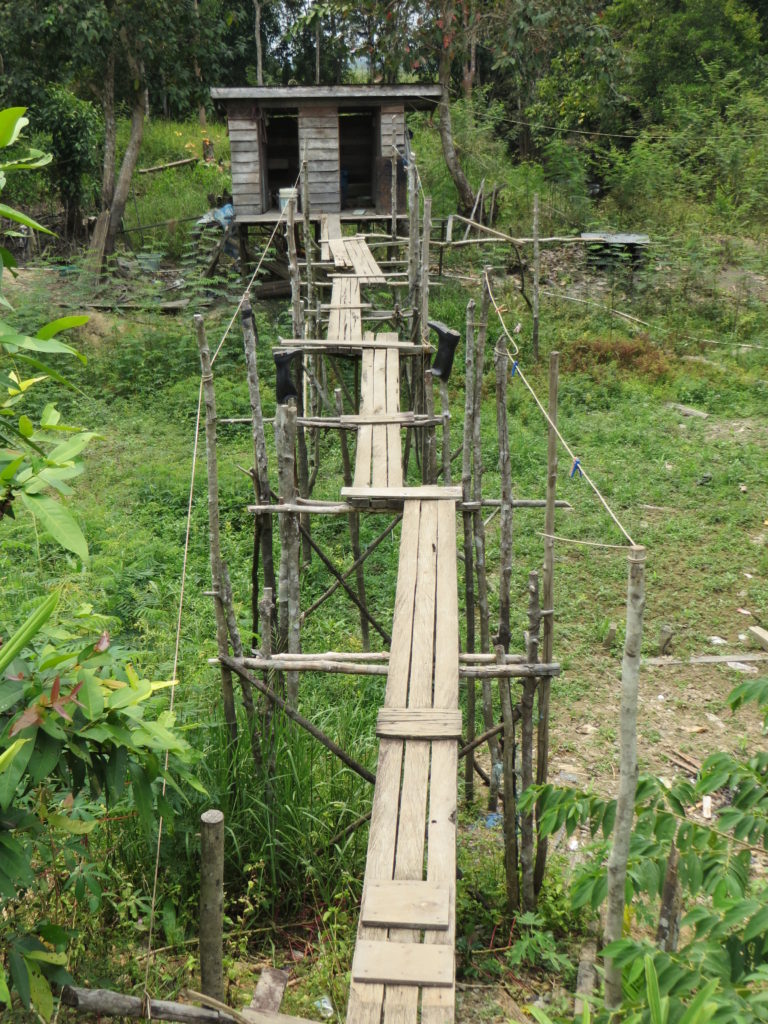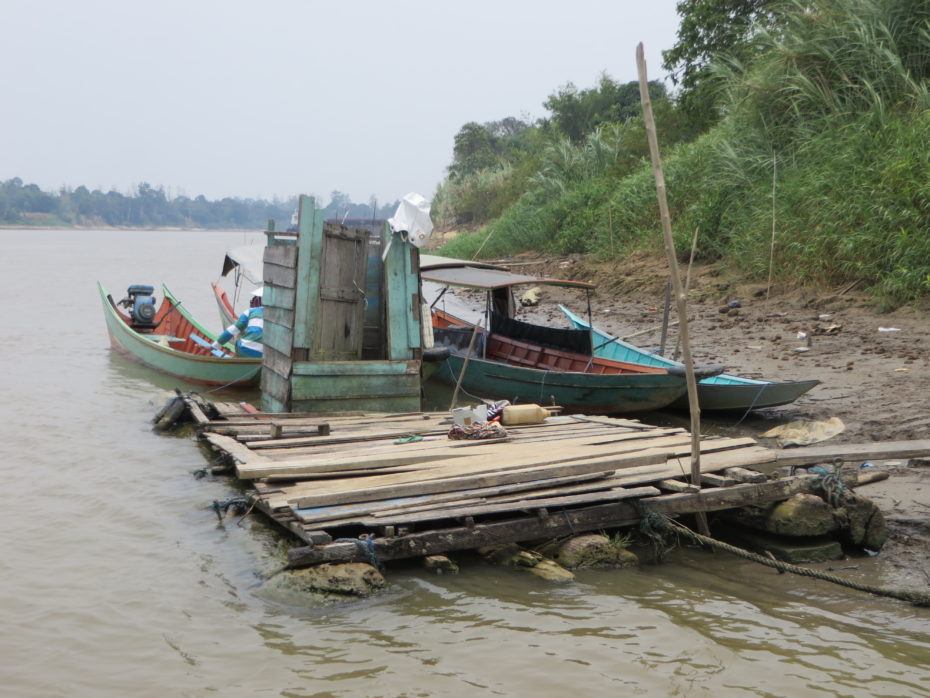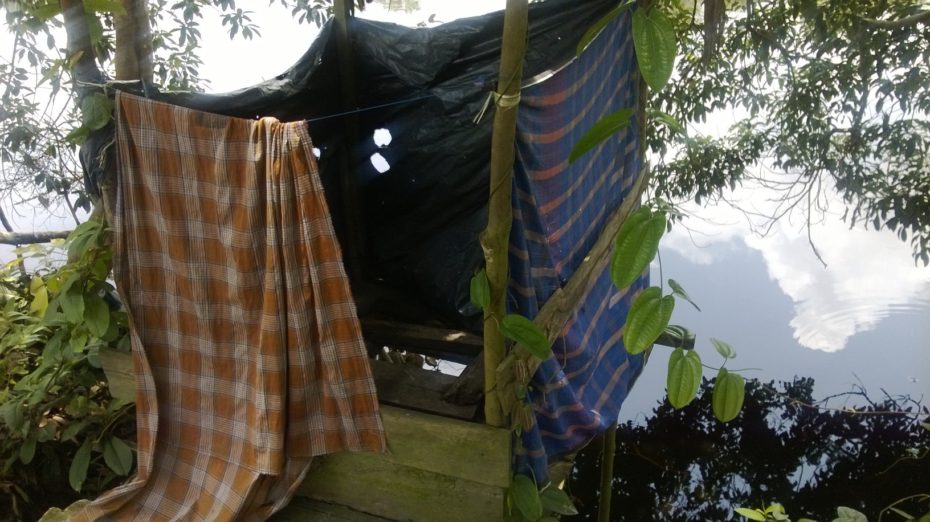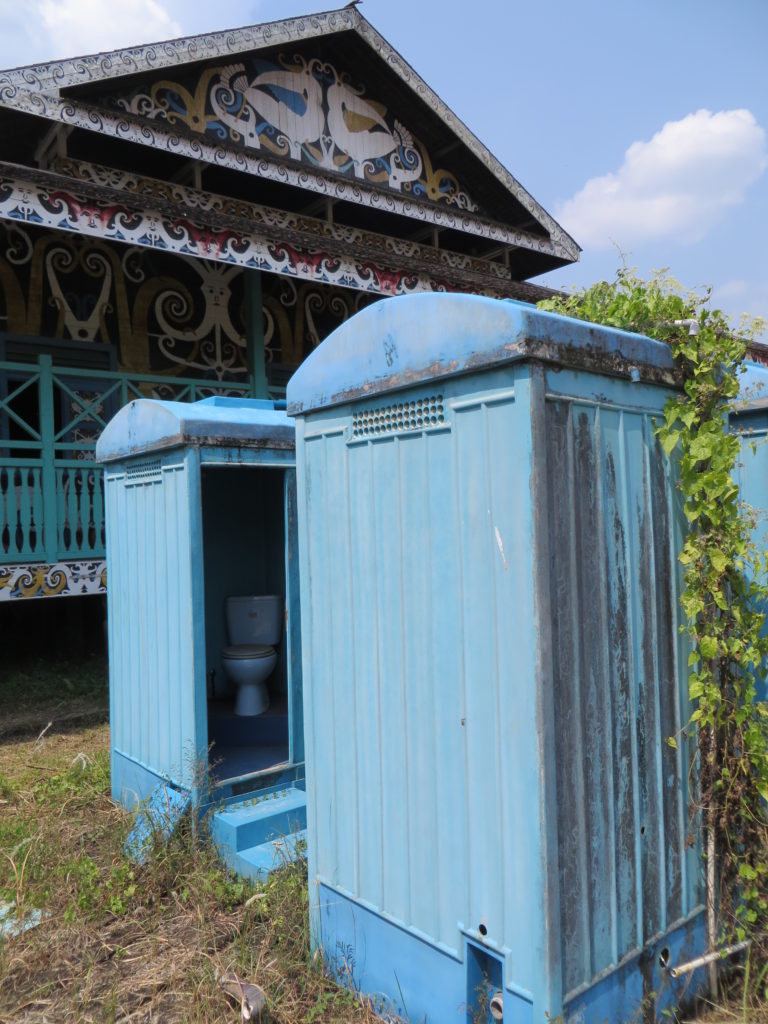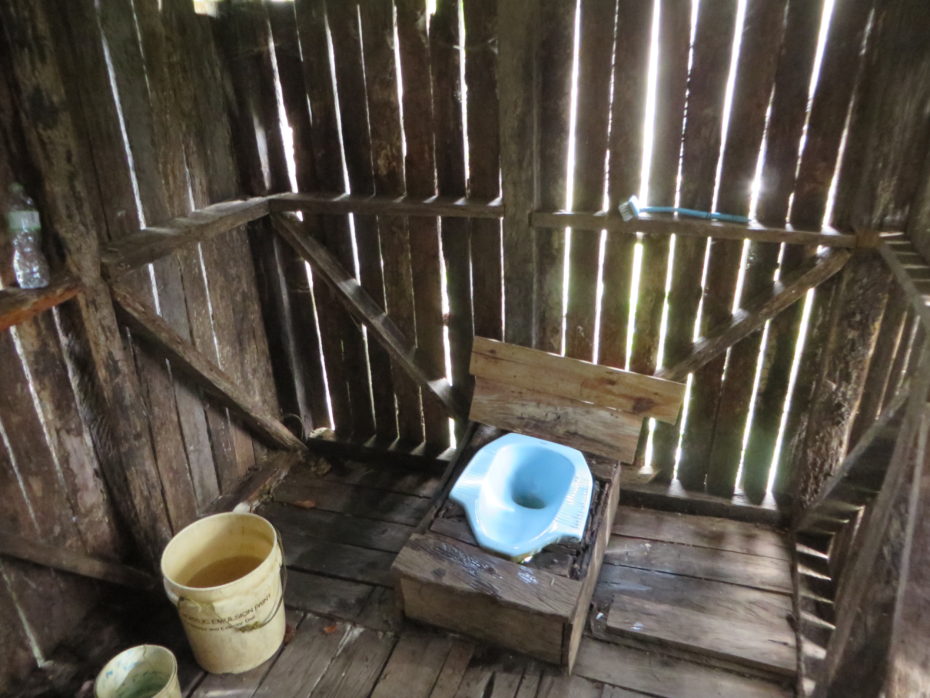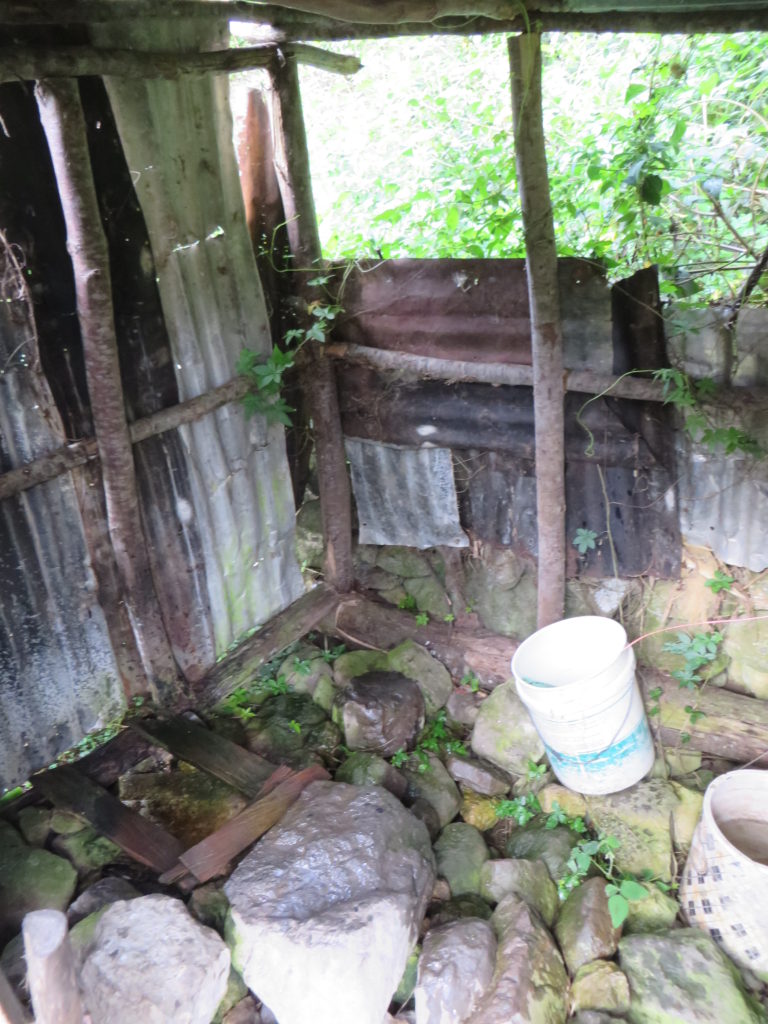In the glamorous world of international toilet design the Indonesians are beginning to make a name for themselves with the kind of commitment to ethnic diversity you could only find in a nation of over 17 000 islands. A firm support for ancient traditions is complimented by visionary, yet measured steps into the modern world.
The primary factor distinguishing Indonesia from the two giants of Asian toilet design, Tajikistan and China, derives more from differing cultural understandings. Simply, many more Indonesians have grasped the basic concept, that by placing your posterior directly over the evacuation hole, rather than somewhere vaguely in the vicinity of it, the apparatus is better equipped to remove the offending products. However, the difficult transition from the defacatory, yogic squat stance, which has evolved for ground level based systems, is ill-suited to western seated devices, which better facilitate dual use combinations, involving for example, reading the newspaper or drinking a cup of tea. Consequently the sign below can regularly be seen in more modern facilities explaining the conceptual differences between the two systems.
Rarely has religion played such a defining role in toilet design as demonstrated by our first example.
Being a largely Muslim nation, proud Islamic dedication to principles enshrined in sharia law are clearly on display here. After all, the chances of negotiating this balancing act after thirteen bottles of Bintang beer, without serious injury are virtually zero. Of course, once you have been released from the spinal injuries unit you have the double humiliation of having to stare ruefully from the confines of your wheelchair as you wait, hoping for someone to carry you across before nature takes its course in your trousers. The more eagle-eyed amongst you will have spotted the boots provided on the walkway in the event that toilet cleaning duties have fallen behind schedule.
In a masterstroke of lateral thinking, inspired by the dictum, “let the mountain come to Mohammed”, locals realised that instead of taking water to the toilet they could take the toilet to the water. Here we see two fine examples which have been developed from this philosophy.
So popular are these that they are built on a large raft to cater for the large queues of fans anxious to have a go. The calming splosh of water and the sounds of nature provide an ideal environment for your activities and the automatic flushing mechanism inherent in the design requires no moving parts, so reducing plumbing bills.
This riverside model is a noticable improvement on the former as it doesn’t require the use of a boat to access the unit, although slower flushing action may prove troublesome on particularly hot days under heavy usage. Both these models are typically used slightly upstream of washing and swimming facilities so the whole population can appreciate the grandeur of vision in their conception.
A surprising dalliance with porta- loos proved to be so unpopular that they remain unused and over-grown, conclusively proving the population’s trust and admiration for conveniences which show true respect for traditional forms.
Foolish minds who think that sophistication is lacking in rural toilet design need look no further than this fine example from West Papua. Just because you have to shit in a wooden shack doesn’t mean that your creations don’t merit the finest porcelain on making their exit from this world. The stunning blue counterpoint to the traditional brown structure is a reminder of the heavenly bliss experienced on completion of your pilgrimage to this holy site.
Reveling in a carefree disregard in the selection of hygienic surfaces and a dedication to functional minimalism, it is of little wonder that this is a popular choice for more remote communities. The healthy disdain for glazed tiling generates an organic composting process, more in tune with the surrounding environment than soulless modern materials and support an abundant eco-system and decorative vegetation.
So, there you have it. Exciting times for Indonesia and potentially a big player on the international scene.
I would like to thank Derek Freal of HoliDaze travel blog for his help in compiling this study. His sterling efforts and unrivalled dedication to hanging around public toilets in south-east Asia has been a huge influence on my work





